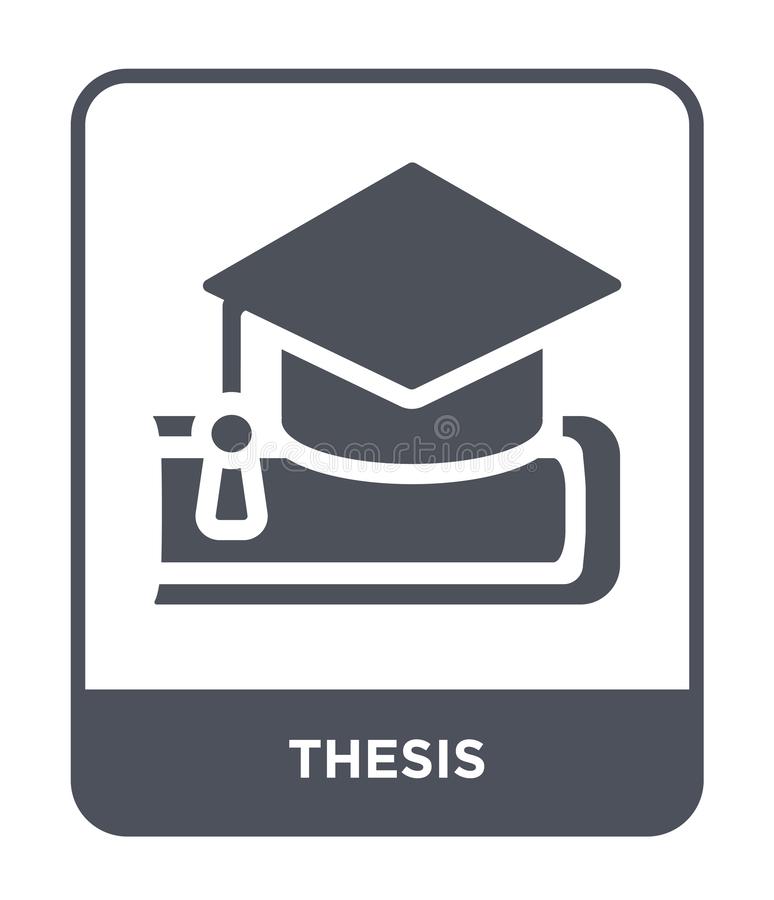- Glena Aziz Qadir
- glena.mei20@epu.edu.iq
- 0750 468 5352
-
E-healthcare is a digital version of a patient’s medical history, which
includes information about their medical conditions, treatments, and
medications. E-healthcare is typically used by healthcare providers to improve
the quality of patient care. E-healthcare systems are essential tools that contain
sensitive patient information and are subject to strict privacy and security
regulations. Since the rise of the cloud computing many healthcare providers
are now storing their E-healthcare data on cloud-based systems. Transferring
E-healthcare data to the cloud computing can introduce a variety of security
challenges that must be carefully considered and managed. One of the main
security concerns when moving E-healthcare data to the cloud computing is the
risk of unauthorized access to patient information. The access control is a
critical component of E-healthcare systems, and ensuring secure and
appropriate access to patient data is essential for protecting security. Also,
privacy is maintained for the integrity of the healthcare system by encrypting
data when storing it in the cloud. The access control allows only authorized
users to access E-health data. In healthcare, timely access to patient data is
critical for effective care delivery. Time delays in accessing data can lead to
serious consequences for patient care that including delayed diagnosis and
inappropriate treatment. For this reason, the time delay of user access is
decreased using the proposed algorithms.
In this thesis, the Generate Access Key (GAK) algorithm is proposed
based on Message Authentication Code (MAC) and Hashing technique to
produce a Security Secret Key (SSK). The GAK would work by providing
users with a unique SSK that would be used to allow them to access data in the
E-healthcare based cloud system with the minimum of delay. Users are also
given flexible access rights based on their role and rights according to User
Access Rights (UAR) algorithm. In order to protect the privacy of users, the
X
data is encrypted using the Database Encryption (DBE) algorithm before being
stored in the database and to read by the users the data in the system must be
decrypted based on the Database Decryption (DBD) algorithm. The simulation
results of our algorithms show that the delay for authenticating two hundred
users is 440 milliseconds, and the data response time is 150 milliseconds for
200 participants requesting data simultaneously. The computational cost was
compared with other related works and found that in our algorithm, 0.035
milliseconds were needed for all the registration, login, and authentication
stages. - Erbil Technical Engineering College
- Information System Engineering
- Security


